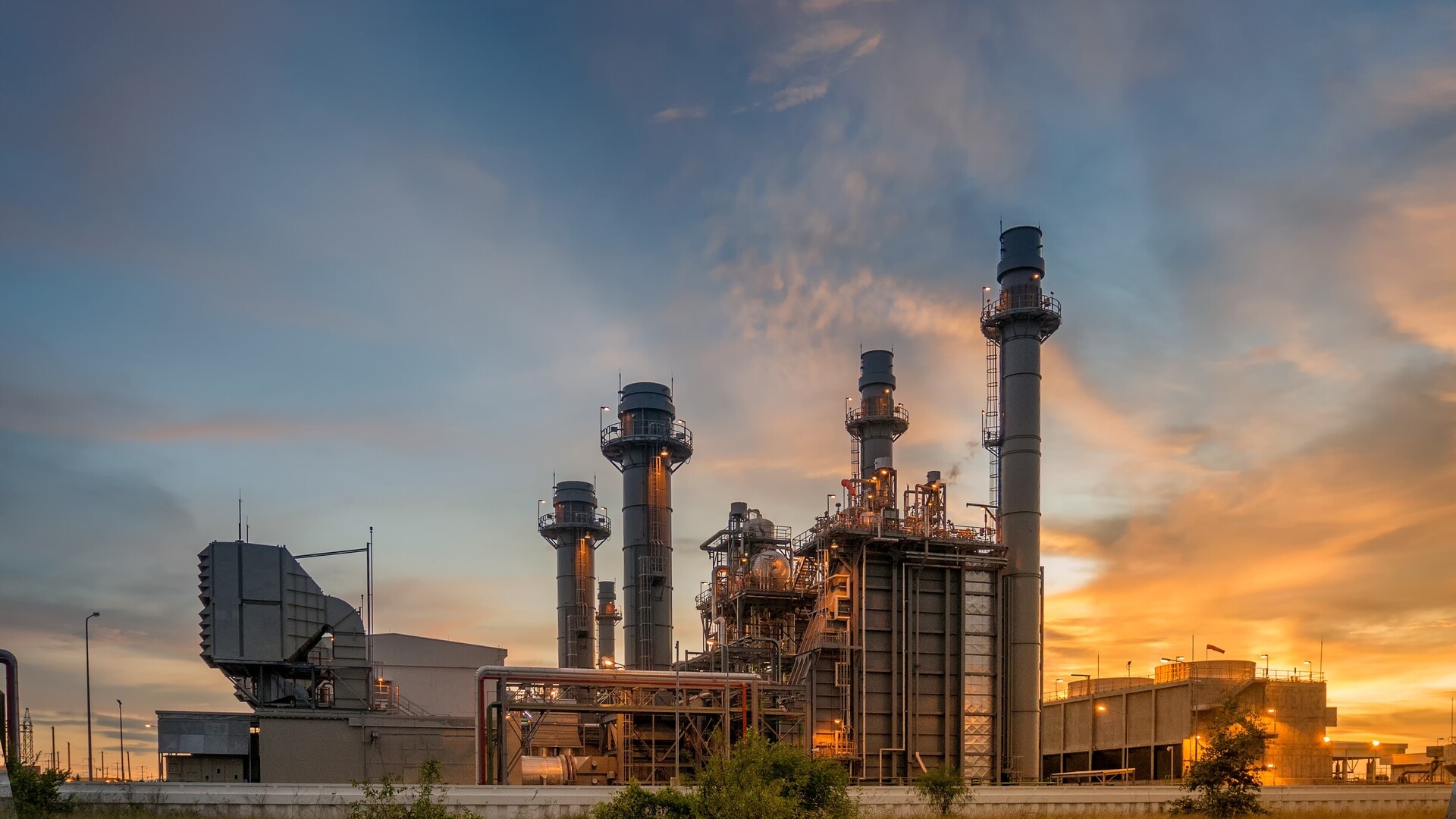Last chance to fix east coast gas as market teeters on brink of crisis, energy producers warn
Australia’s east coast is poised to experience gas shortfalls. Producers says a review this year may be the last chance to avoid economic chaos.

Business
Don't miss out on the headlines from Business. Followed categories will be added to My News.
A sweeping review of Australia’s east coast gas market slated to begin in mid-2025 is shaping up as the economy’s last realistic chance to avert a looming energy crisis that industry leaders say could have widespread consequences.
The review, initiated by Prime Minister Anthony Albanese’s Labor government, will scrutinise three overlapping regulatory policies that currently govern the eastern market, including a controversial cap on new gas supply. The $12 per gigajoule price ceiling, introduced in response to spiking domestic prices, has drawn sharp criticism from energy producers who claim it discourages much-needed investment in exploration and development.
Industry executives are urging Canberra to take urgent steps, warning that without reform, the gas shortfall could deepen in coming years — threatening manufacturing, energy security, and the reliability of the country’s power grid.
Samantha McCulloch, chief executive of the Australian Energy Producers lobby, said the review is a chance to return the market to a “functioning and competitive” one.
“A priority must be to restore market signals and remove barriers to new gas supply, while addressing duplicative and onerous reporting requirements,” said Ms McCulloch.
“The industry is committed to delivering reliable and affordable gas supply to Australian households and business, and looks forward to working with the government, users and other stakeholders on the review.”
Repairing the market is imperative. Sanjeev Gandhi, chief executive of Orica, a major chemicals and explosives manufacturer, said the issue was of the existential kind.
“We need uninterrupted supply,” Mr Gandhi said.
“My manufacturing sites work all the time and never stop. Any interruption, even temporary, means shutting down factories, higher costs, safety issues and serious disruptions to supply chains.”

The sense of urgency has been growing since March, when the federal government struck an emergency deal to secure winter gas volumes after the nation’s competition watchdog warned that projected shortfalls in southern states had doubled from the previous year.
While the Australian Energy Market Operator (AEMO) predicts a material supply gap by 2029, many in the sector believe the crunch could come much sooner, especially if coal-fired power plants suffer unexpected outages or existing gas fields are depleted more quickly than anticipated.
The high-stakes policy debate has exposed a sharp divide over how best to address the crisis. One camp advocates for accelerating the development of new gas reserves in Queensland and the Northern Territory. The other favours building liquefied natural gas (LNG) import terminals in southern states like New South Wales and Victoria, allowing them to bring in overseas supplies.
But the split has created deep uncertainty, too. Some industrial gas users remain hesitant to commit to long-term deals involving imported LNG, citing concerns over significantly higher prices and infrastructure delays. Meanwhile, proponents of domestic exploration warn that continuing regulatory gridlock could leave the nation vulnerable to energy shocks and economic dislocation.
Rob Wheals, chief executive of Squadron Energy, said Australia has little time to prevent the chaos.
“It is reckless and self-serving to suggest the risk of gas shortages has passed, especially given the pressures we’ve seen in recent winters. The problem is both one of supply and capacity. There is limited time to act. Delaying decisions only increases the risk to households, manufacturers and the broader economy,” said Mr Wheals.
“We need to put buyers back in the driver’s seat, with increasing supply options and the ability to source the most affordable gas from either domestic or international markets.”
Squadron Energy is building Australia’s first LNG import terminal.
Victoria – Australia’s most gas dependent state – has sought to minimise demand to stave off the shortfall. It has offered concessional finance to households moving to switch to electric appliances but a cost-of-living crisis has dented its effectiveness.
Australia’s largest steelmaker, BlueScope, also relies on gas for its manufacturing operations and told The Australian this week it was a fragile situation: “I think the supply equation on the east coast is a challenge and continues to be a challenge and it absolutely needs to be addressed,” BlueScope chief financial officer David Fallu said.
More Coverage
Originally published as Last chance to fix east coast gas as market teeters on brink of crisis, energy producers warn





